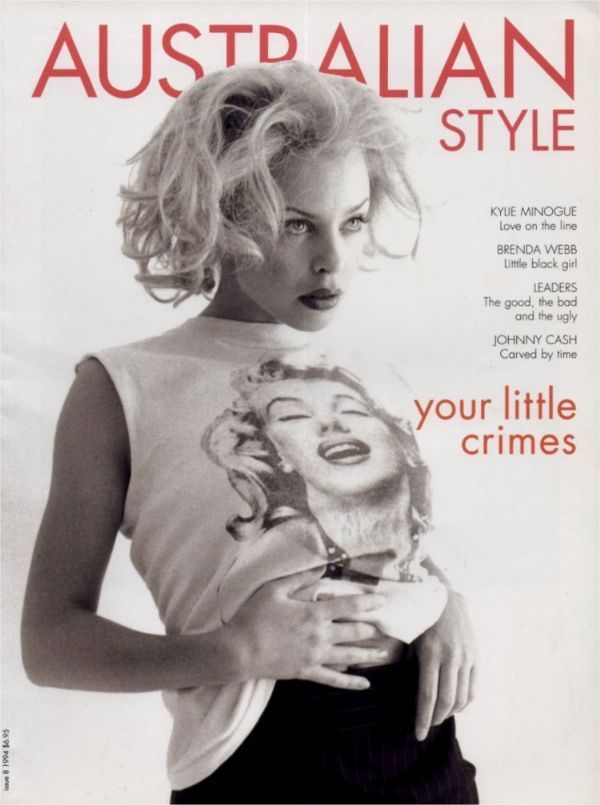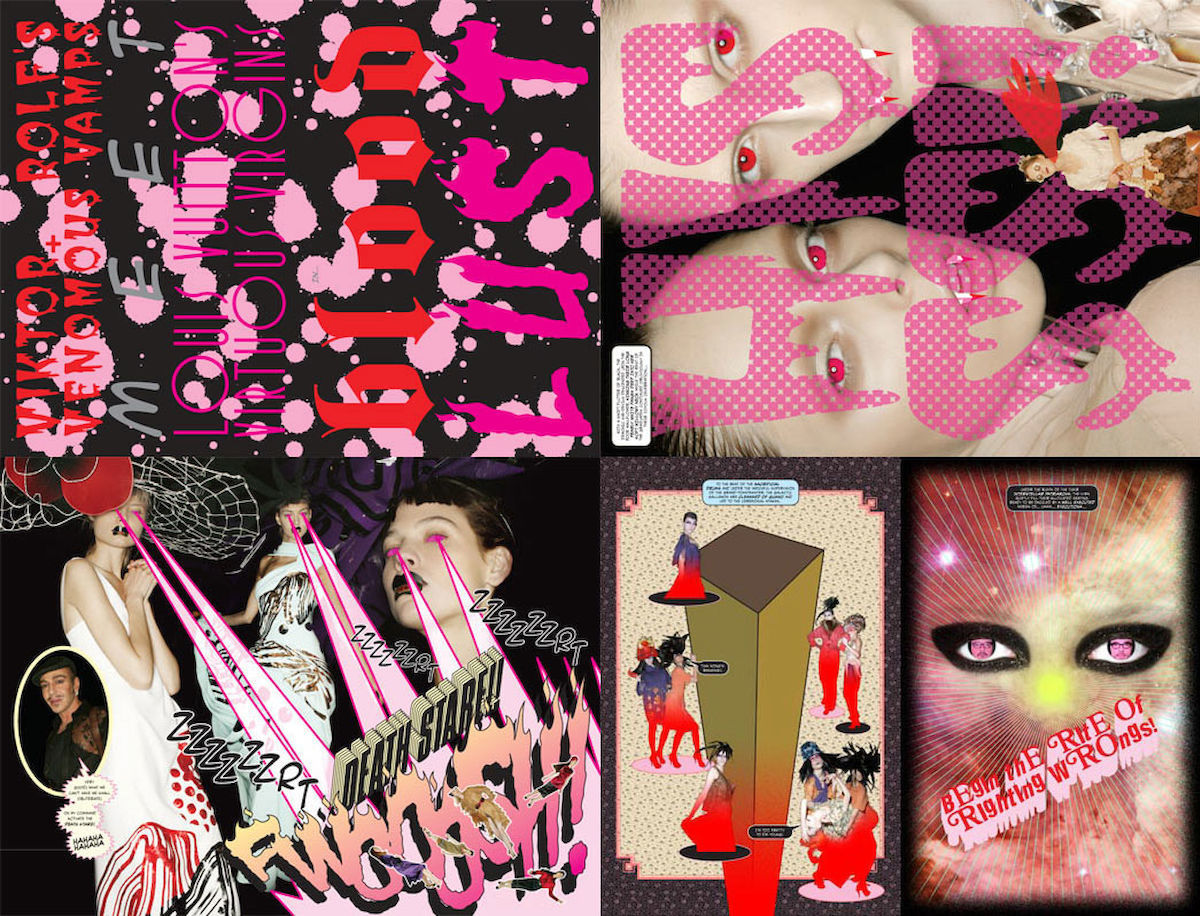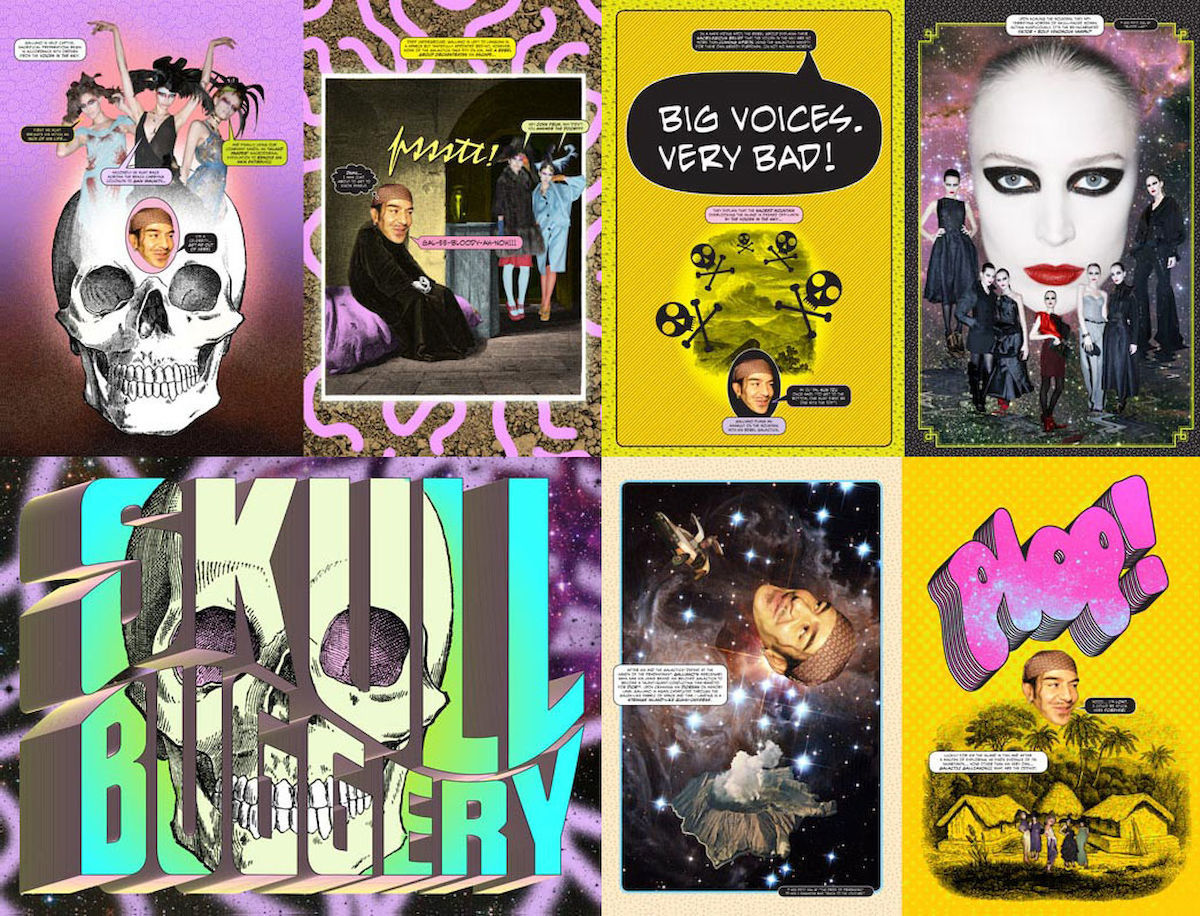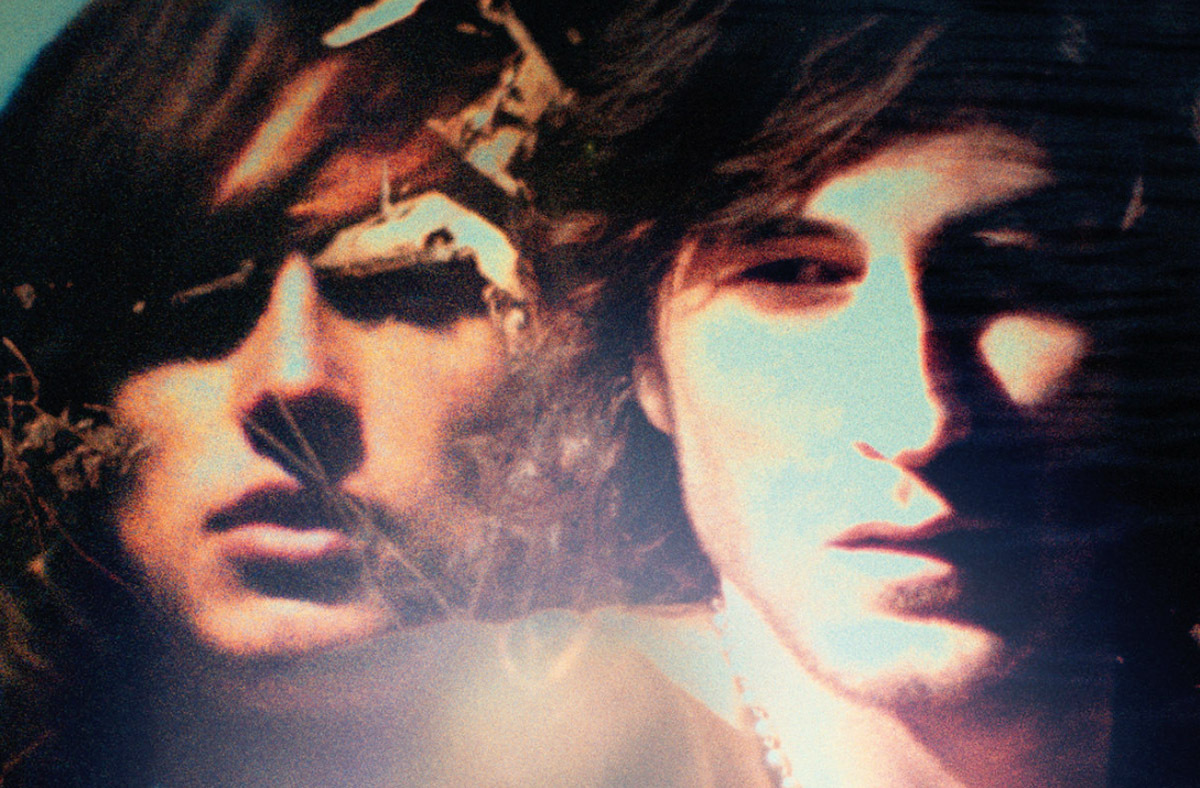Mark Vassallo’s is a name you begin to hear regularly in the lead up to Fashion Week in Australia each year. At the recent MBFW alone, he was responsible for the creative direction of six shows including Dion Lee’s Opera House runway which opened the week, and Romance Was Born’s dazzling closing performance. Amongst a cast of thousands, Mark Vassallo feels a bit like the glue gun that holds everything together, adhering welcome doses of sparkle along the way. In life, Mark has a tireless creative vision which he seems to apply to every aspect of the shows he works on: from the overarching concept through to the (usually epic) location, the models (who he often personally street casts) and the nuances of the styling, this is what he genuinely lives and breathes.
But what came before all this? Mark has devoted his life to fashion and a huge, heartfelt body of work is his legacy from over 25 years in the industry. In between regular commercial work, Mark has been on-staff at various fashion titles including the early, influential Australian Style magazine, Vogue, Harper’s Bazaar, Grazia, Oyster and Follow. Known foracommitment to his work, a dedication to doing things differently as well as a keen eye for new faces and trends, Mark’s images for these publications stand out as special.

Punctuating Mark’s work in publishing however are his iconic self-driven projects — Petit Mal, Mark and Freak — that exist as enduring reminders of his creativity and dedication to his craft. Born simply from a need to create, they’re projects that allowed Mark and his collaborators total creative freedom and independence in a world typically full of briefs and deliverables. These publications are tangible time capsules created by friends for the love of it, which emerged in an era when self-publishing was rare. They’re hard-earned works of beauty that broke creative ground, launched careers and represent what Mark describes as the happiest, most fulfilling times of his life. To better understand his experience, we asked Mark to elaborate on these moments and explain a bit more about the work that’s defined his career.

On Working at Australian Style Magazine
I worked for Australian Style in its really early days, in the early 90s. The magazine came out of Perth and the editor Mark Mordue was an incredible writer. Andrea Horwood, who was one of the founders, is I’d say, one of the most understatedly cool women in Australia. She really helped start my career. It was a great team and we were making some really progressive content. I’d do covers and editorials and we were shooting people like Nick Cave and Kylie Minogue like no one had ever seen them before. It was a little bit odd, but I also photographed Bob Hawke, which was kind of one of my most memorable shoots ever. We went to his house, he answered the door in a pair of speedos and the first thing he did was give us a beer, it was quite fun.

On Petit Mal!
Petit Mal! was a zine I made with some friends that incorporated my love of backstage fashion photography and comic book graphics. I’ve always loved the style and graphic-ness of superheroes and their costumes. I also love the realness of backstage photography. One day I was speaking to my friend and regular collaborator Shane Sakkeus and we decided to do it. We enlisted the help of Jonathan Zawada and asked well-known Italian photographer Antonella Trio if we could use his backstage photos. We would re-touch his photos and draw things on the models heads and turn them into weird characters for example.

John Galliano and Karl Lagerfeld featured heavily and Shane and Johathan would write all the copy and it was just hours and hours of work, a real labour of love. It was just hilarious, really out there and entirely unique. V Magazine caught onto it and ran a few spreads but we eventually got Top Shop to sponsor it and while it was stocked at Colette and a few great places, it was really underground.

On Mark Magazine
We made three issues of Mark ultimately, and they were probably some of my happiest and most creatively inspired times. Justin Smith, Shane Sakkeus and I basically just lived at the beach for six months and spent every day shooting just what we wanted, how we wanted. I made the third issue, Freak, in 2004 after working for Vogue and having quite a major falling out with the editor. Justin and I were working for Vogue in Greece and we disagreed on some images and because we were so passionate about our work, we couldn’t come to an agreement and she fired us. It was quite dramatic.

Magazine was basically our response to being fired by . I mean the work we were doing for Vogue at the time was major. In a time where there wasn’t much going on, Justin and I were all about glamour. Our look would be lots of eye make up and big hair, but it was really cool. Justin and I weren’t your normal team, you know, we really put a lot of heart and love into our images. We were discovering these girls in Perth and kind of turning them into supermodels. In fact, Mark was fairly responsible for helping launch the career of Gemma Ward at the time. IMG called me to ask who she was and the next thing she was signed and working in Milan. It was a real moment. We were shooting Gemma Ward, Jess Gomez, Nicole Trunfio and about ten other girls before they became huge. So, that’s how we ended up back in Perth, in an apartment we rented at the beach so we had the luxury of time to come up with crazy ideas on how to shoot each model.

Justin was the first photographer in Australia to be given a digital camera so this was really new too, we had to teach ourselves to use it. We printed Mark on a kind of newspaper stock and sent copies to people like Anna Wintour.

On Working With Kanye West
Kanye loved the style of Christine Centenera and when he was starting his label she basically became his stylist and muse. One day I got a call from Christine asking if I’d like to produce Kanye’s show so I flew to London and we started chatting. I was essentially Kanye and Christine’s middle man and worked across the whole production. He wanted to show in Paris, which isn’t easy so I introduced him to Bereau de Betak, who are like the Gods of fashion shows, and we worked on his show together. It was actually really special.
Being around Kanye, who was so open and learning so much himself, was incredible. I was in heaven. He’s such a creative genius and his ideas are insane. It was definitely my career highlight and the reason I’m doing so many shows now. The collection didn’t get the best reviews but the show was pretty remarkable, especially considering he’d never produced a fashion show before. The team working on that show included the best in the business — Kanye sunk a lot of money in it and didn’t cut any corners. I was across every last detail on Kanye’s show, right down to returning the clothes. After learning from the best in the business, that was it, I just knew I needed to keep doing shows.
Credits
Text Briony Wright
